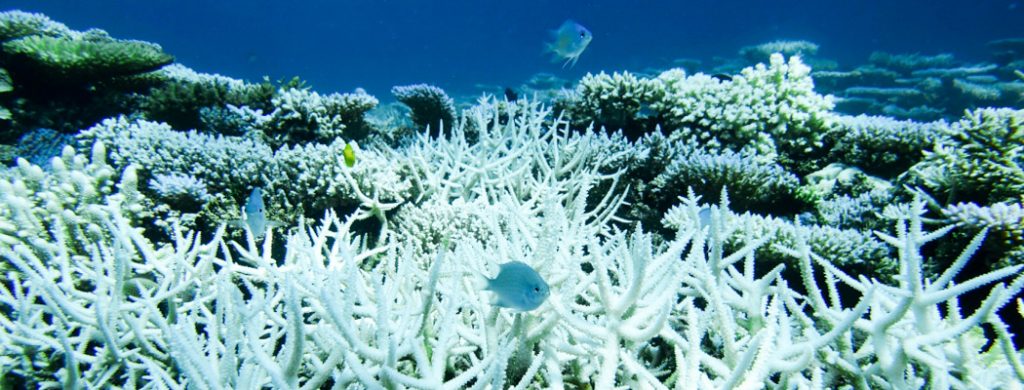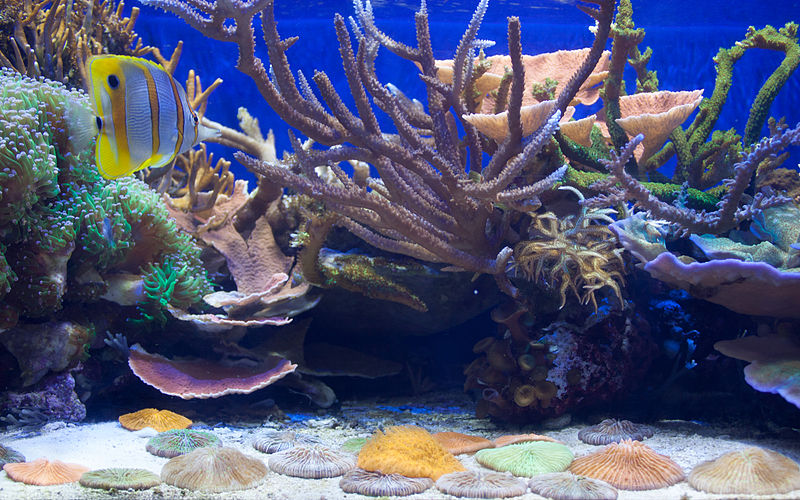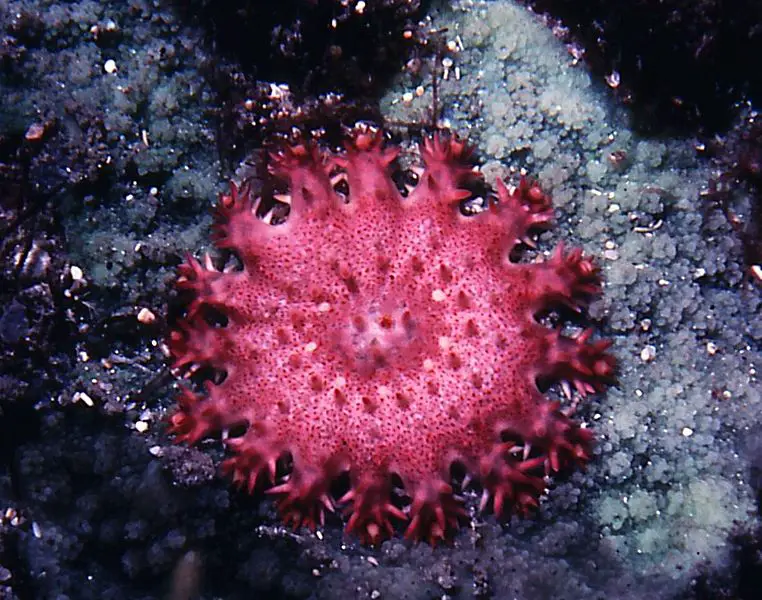Corals are marine vertebrates that reside in closely compacted colonies in the ocean. They attach themselves to the ocean floor, just as plants attach themselves to the soil, and are usually beautiful to look at. A significant cause for concern is coral bleaching, but just exactly how does this happen?
Coral bleaching occurs when a change in the coral’s environment, such as temperature, light, or lack of nutrients, forces the coral to release algae from within the tissues of its body, resulting in the coral bleaching and turning white. Scientists suggest this is being accelerated due to humans in some cases.
This article will discuss what causes coral bleaching. So keep reading! We have everything you need to know about coral bleaching.
How Does Coral Bleaching Occur?
Coral bleaching is a significant problem for the world’s oceans because once they bleach and turn white, the reefs rarely return to their original form.
With many coral reefs dying out or small colonies to survive and reproduce, this stresses entire reef ecosystems and the wildlife and people who depend on them.
The bleaching process begins with changes in the coral’s conditions which put them under extreme stress. Corals are coated in an algae substance known as zooxanthellae which they depend on to survive.
When changes, such as a difference in temperature, nutrients, light, and other factors, begin to stress the coral, they begin to expel symbiotic algae from within their body tissue forcing their other body to bleach and turn white.
Once the algae or zooxanthellae has left the coral, it turns bleach white and will be vulnerable to disease, starvation, and even death.
Which Coral Is Most Affected By Bleaching?
Over six thousand different species of coral are spread throughout the world, with some thriving in shallow waters along the coast and others in the darker depths of the oceans.
There are a few species of coral that are more susceptible to bleaching. Usually, these are fine-structured and fast-growing colonies such as:
- Montipora
- Millepora
- Stylophora
- Acropora
- Seriatopora
What Are the Six Major Causes Of Coral Bleaching?
The bleaching of coral reefs is caused by the release of the algae in their bodies, known as zooxanthellae, which results in the bleaching of their bodies. Multiple factors can accelerate and hasten this process. They are listed below:
Temperature
The most common cause of coral bleaching is a rise in the temperature of the seawater. This is the most significant concern amongst the scientific and environmental community searching for ways to protect coral reefs.
The rise in the temperature of the seawater affects the algae’s photosynthesis, forcing it out of the coral’s body and depriving it of essential nutrients and resources.
Subaerial Exposure
If corals are exposed to low tides or a drop in the overall sea level, this can result in sudden exposure of the coral to the earth’s atmosphere.
This will affect the coral due to the exposure to the low/high temperature, an increase in solar radiation, and subaerial exposure leading to bleaching and coral death.
Solar Irradiance
During hot summer months, coral bleaching can occur because of a high exposure to solar radiation. Scientists have proven that both UV radiation and photosynthetically active radiation can cause coral reefs to bleach.
Sedimentation
Sedimentation can be another cause of coral bleaching. An increase of sediment in the water disrupts the natural process of the corals’ photosynthesis. This happens when land clearings and large amounts of coastal construction result in high erosion rates.
Inorganic Nutrients
An increase in inorganic nutrients such as nitrate and ammonia does not deplete the coral of their zooxanthellae. Instead, they cause it to multiply by two or three times. This does not directly lead to bleaching, but secondary side effects such as lower coral resistance and increased disease can occur.
Fresh Water Dilution
After an intense storm or heavy rainfall, the amount of freshwater in the sea can cause a rapid dilution, increasing water salinity. These events, while they are rare, can lead to coral bleaching.
Where Does Coral Bleaching Occur?
Corals exist in oceans around the world, mainly around the equator, where the water is warmest. Corals live in the neighboring territory of over 100 countries, yet most reefs are located between the tropics of Capricorn and cancer.
There are a few places around the world where corals have been most affected by bleaching in recent years. Scientists refer to extensive bleaching as a mass bleaching event, and there have been multiple in the last 50 years.
The Great Barrier Reef in Australia is one of the countries that has experienced multiple mass bleaching events over the past 38 years. The most extensive and widespread of these happened during the summers of 1998 and 2002, which saw around 50% of all corals partially bleached.
In 2017, Japan had a coral reef bleaching crisis in which around 75% of all corals died. This bleaching was attributed to the rising sea temperatures due to global warming. This affected the relationship between the coral and its algae zooxanthellae, resulting in enormous amounts of bleaching.
In the years 1997 and 1998, the Indian ocean recorded a massive coral bleaching epidemic which caused certain areas of the Indian Ocean around Sri Lanka, Tanzania, Kenya, the Maldives, and the Seychelles to experience a loss of up to 90% of their coral due to bleaching.
Does Coral Bleaching Occur Naturally?
Coral bleaching is both a natural process and a product of human pollution. As a simple stress response, coral reefs can bleach during the hotter summer months. This kind of coral bleaching is natural and usually does not result in the mass extinction of coral reefs.
Large-scale marine heatwaves can create massive coral bleaching events, resulting in a considerable mortality rate for certain coral colonies.
Do Humans Cause Coral Bleaching?
While it’s not always considered a direct cause of human action, it may be accelerated by humans’ impact on the earth. As the earth and the ocean temperatures rise due to what scientists call climate change, this brings a massive increase in the ocean’s temperatures.
Pollution of the water by humans is another primary concern, as this causes significant coral colonies to struggle to adapt and use their natural recovery process, resulting in substantial bleaching.



